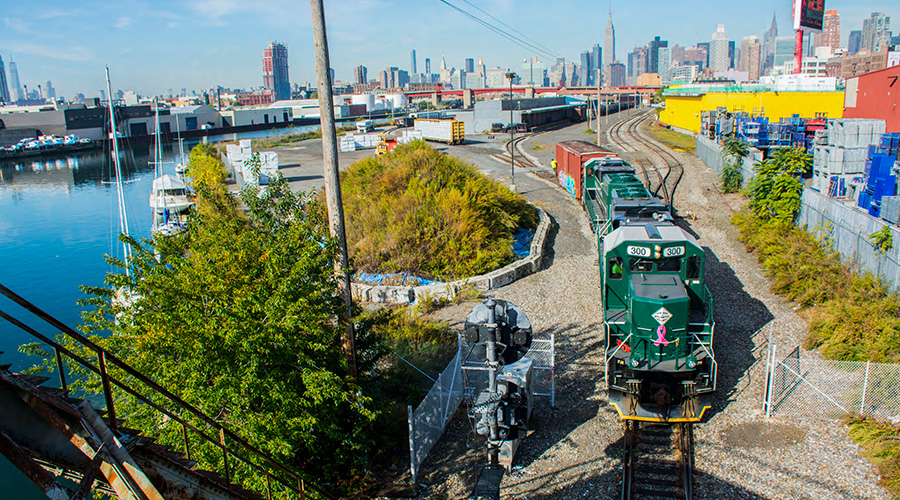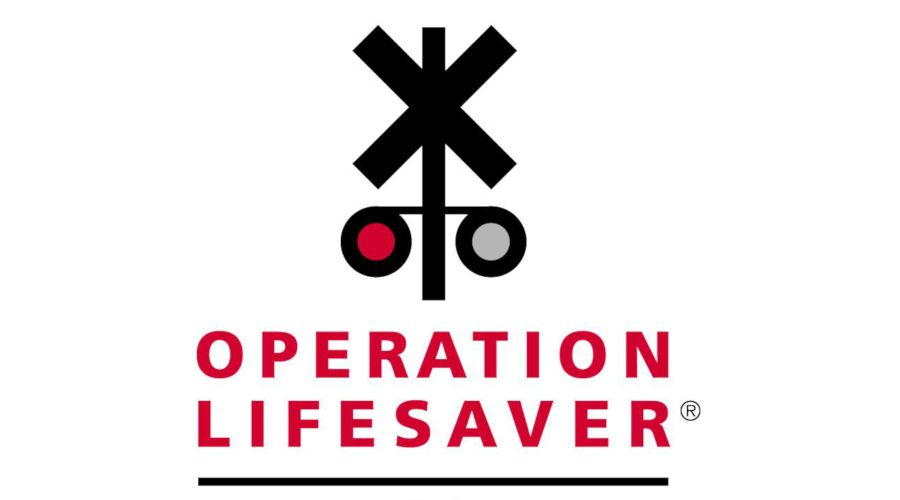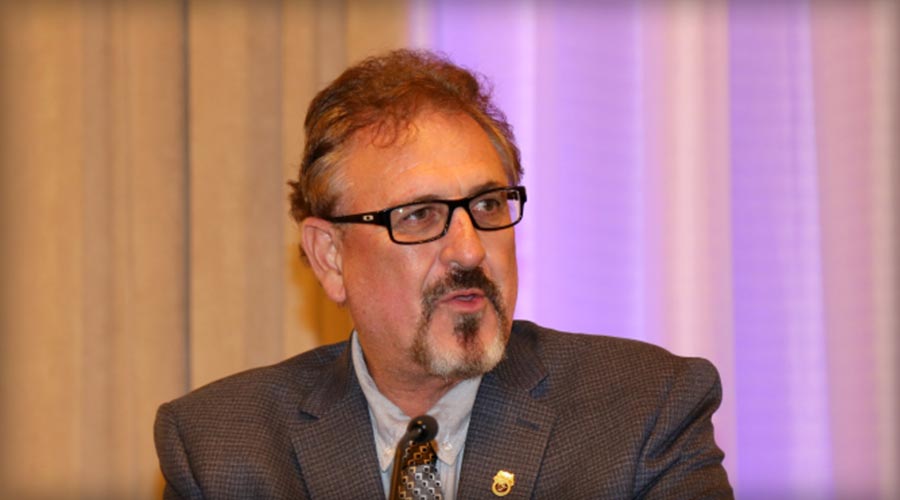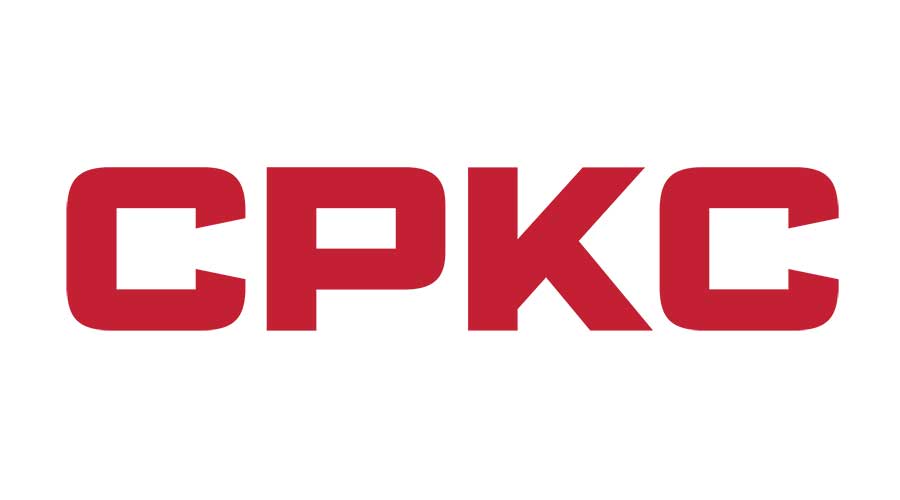Newsletter Sign Up
Stay updated on news, articles and information for the rail industry
Stay updated on news, articles and information for the rail industry
RAIL EMPLOYMENT & NOTICES
Rail News Home
Maintenance Of Way
Rail News: Maintenance Of Way
BNSF Railway Co. is carrying coal further and further away from Powder River Basin (PRB) mines in Wyoming. The Class I moves the low-sulfur coal as far east as New York and southeast as Georgia, as well as to points in the Midwest, South and Southwest.
To keep up with growing demand and growing volumes — which are increasing at an annual 2 percent clip — BNSF is adding capacity as quickly as possible to better serve the PRB’s 20 mines and dozens of utility customers.
In fall, the railroad will finish building the most track it’s ever constructed in the PRB since the 1995 Burlington Northern/Santa Fe Railway merger. The new construction includes a key 39-mile segment that will completely triple-track the 130 mile joint line BNSF shares with Union Pacific Railroad and a 21-mile quadruple-track section — the joint line’s first fourth mainline.
To provide local and national media an up-close and personal view of ongoing joint line projects, BNSF on Monday conducted a train tour between Gillette and Shawnee Junction, Wyo., hosted by top BNSF executives, including Chairman, President and Chief Executive Officer Matt Rose, Executive Vice President and Chief Operations Officer Carl Ice, EVP and Chief Marketing Officer John Lanigan, and VP of Transportation Greg Fox. Attended by reporters from such media outlets as the Dallas Morning News, Gillette News-Record, U.S. Coal Review, Associated Press and Bloomberg News, the tour highlighted trackwork that’s still bustling and operations that continue humming at 10 coal mines along the joint line.
At Cordero Mine, several trucks standing four stories high could be seen slowly carrying more than 240 tons of coal from the surface mine’s 60-foot-deep rim to a machine that breaks the coal into small pieces. As the trucks make their half-mile trek, a surface blast brings tons more coal off the rim’s wall. It’s a never-ending, 24/7 process in the PRB, where mines are positioned to take advantage of a shifting eastern coal supply.
“There’s declining availability in the East, particularly in Central Appalachia,” says Rose. “We see no long-term change in the dynamics of our coal business.”
The train later passed a track-laying machine and dozens of workers, who busily installed quarter-mile sections of continuous-welded rail and concrete ties on a smoothly graded, reddish-clay surface. By year’s end, BNSF crews will install a total of 60 miles of rail and 150,000 concrete ties on the joint line — an investment that’s costing the Class I about $3.5 million per mile but will pay off in additional capacity that’s about one to two years ahead of service demand.
“The infrastructure will meet our model of 410 million tons a year,” says Rose. “We’ll keep adding capacity as necessary, with the amount of track depending on the tonnage.”
With 55 to 70 coal trains moving into and out of mines daily, more track likely will be coming to the joint line sooner rather than later. The “outdoor assembly line,” as Ice refers to it, has been moving a tad slower so far in 2007 because of severe storms and mine outages, but is expected to meet a 2 percent volume growth projection by year’s end to just south of 400 million tons.
BNSF already is adding three tracks to the six-track Donkey Creek Yard the railroad built in 2005. The yard serves as an area to build and stage trains closer to mines.
“Donkey Creek Yard acts as a buffer and relief valve for the joint line,” says Rose. “It serves as an example of the capital we’re investing in the region.”
— Jeff Stagl
6/27/2007
Rail News: Maintenance Of Way
BNSF train tour provides glimpse of new capacity, business coming to nation's richest coal region
advertisement
BNSF Railway Co. is carrying coal further and further away from Powder River Basin (PRB) mines in Wyoming. The Class I moves the low-sulfur coal as far east as New York and southeast as Georgia, as well as to points in the Midwest, South and Southwest.
To keep up with growing demand and growing volumes — which are increasing at an annual 2 percent clip — BNSF is adding capacity as quickly as possible to better serve the PRB’s 20 mines and dozens of utility customers.
In fall, the railroad will finish building the most track it’s ever constructed in the PRB since the 1995 Burlington Northern/Santa Fe Railway merger. The new construction includes a key 39-mile segment that will completely triple-track the 130 mile joint line BNSF shares with Union Pacific Railroad and a 21-mile quadruple-track section — the joint line’s first fourth mainline.
To provide local and national media an up-close and personal view of ongoing joint line projects, BNSF on Monday conducted a train tour between Gillette and Shawnee Junction, Wyo., hosted by top BNSF executives, including Chairman, President and Chief Executive Officer Matt Rose, Executive Vice President and Chief Operations Officer Carl Ice, EVP and Chief Marketing Officer John Lanigan, and VP of Transportation Greg Fox. Attended by reporters from such media outlets as the Dallas Morning News, Gillette News-Record, U.S. Coal Review, Associated Press and Bloomberg News, the tour highlighted trackwork that’s still bustling and operations that continue humming at 10 coal mines along the joint line.
At Cordero Mine, several trucks standing four stories high could be seen slowly carrying more than 240 tons of coal from the surface mine’s 60-foot-deep rim to a machine that breaks the coal into small pieces. As the trucks make their half-mile trek, a surface blast brings tons more coal off the rim’s wall. It’s a never-ending, 24/7 process in the PRB, where mines are positioned to take advantage of a shifting eastern coal supply.
“There’s declining availability in the East, particularly in Central Appalachia,” says Rose. “We see no long-term change in the dynamics of our coal business.”
The train later passed a track-laying machine and dozens of workers, who busily installed quarter-mile sections of continuous-welded rail and concrete ties on a smoothly graded, reddish-clay surface. By year’s end, BNSF crews will install a total of 60 miles of rail and 150,000 concrete ties on the joint line — an investment that’s costing the Class I about $3.5 million per mile but will pay off in additional capacity that’s about one to two years ahead of service demand.
“The infrastructure will meet our model of 410 million tons a year,” says Rose. “We’ll keep adding capacity as necessary, with the amount of track depending on the tonnage.”
With 55 to 70 coal trains moving into and out of mines daily, more track likely will be coming to the joint line sooner rather than later. The “outdoor assembly line,” as Ice refers to it, has been moving a tad slower so far in 2007 because of severe storms and mine outages, but is expected to meet a 2 percent volume growth projection by year’s end to just south of 400 million tons.
BNSF already is adding three tracks to the six-track Donkey Creek Yard the railroad built in 2005. The yard serves as an area to build and stage trains closer to mines.
“Donkey Creek Yard acts as a buffer and relief valve for the joint line,” says Rose. “It serves as an example of the capital we’re investing in the region.”
— Jeff Stagl


 2025 MOW Spending Report: Passenger-rail programs
2025 MOW Spending Report: Passenger-rail programs
 Gardner steps down as Amtrak CEO
Gardner steps down as Amtrak CEO
 Guest comment: Oliver Wyman’s David Hunt
Guest comment: Oliver Wyman’s David Hunt
 Women of Influence in Rail eBook
Women of Influence in Rail eBook
 railPrime
railPrime








